Amos Nachoum is recognized as an award-winning figure from some of the world’s most important wildlife photography competitions. He also has a successful business where he still leads the fortunate and financially capable on exclusive photography projects, following some of the most fascinating and dangerous animals. If you dream of snorkeling with a blue whale, diving with white sharks without the cage, or swimming with orcas, Amos Nachoum is the best person in the world to help you fulfil that dream.
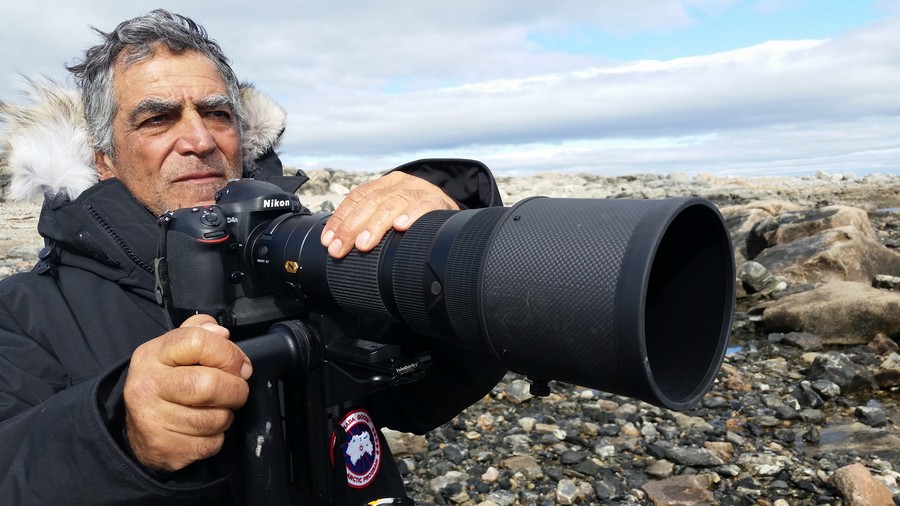
Wildlife and underwater photographer Amos Nachoum
Yonatan Nir first met him at the Antibes Underwater Film Festival in 2004. At that time Antibes was the most important festival of its type in the world. Impressed by Nachoum’s pictures on display, Nir set about getting to know him.
Nachoum told him he believes that “If your picture is not good enough, it’s because you’re not close enough.” But, in Nachoum's case there was another reason why he always photographed the biggest and most dangerous animals on the planet face to face and without protection: He believes that being close to these animals demonstrates to the world that you can live with them in harmony and hopefully succeed in changing the misconceptions that have developed over the years.
Nachoum told him he believes that “If your picture is not good enough, it’s because you’re not close enough.” But, in Nachoum's case there was another reason why he always photographed the biggest and most dangerous animals on the planet face to face and without protection: He believes that being close to these animals demonstrates to the world that you can live with them in harmony and hopefully succeed in changing the misconceptions that have developed over the years.
%20(2).jpg)
Polar bear, The Missing picture
Charisma and Experience
Nir thought Nachoum dripped with charisma and rich life experience and, even though he’d been based in the USA for 30 years, the fact that they were both Israelis helped them bond. Nachoum is a private person. Other Israelis in the diving industry would say he was a ‘lone wolf’. Nobody really knew much about him.
Time passed and Nir’s connection with Nachoum deepened. Following Nir’s injury during Israeli military service, Nachoum, who had once himself served in a reconnaissance unit during the Yom Kippur war, invited Nir to become his assistant.
By this point, Nir and his partner Dani Mankin knew they wanted to make a film about Nachoum’s life and record him during one of his photography trips. Nir said, “You have to travel close a man like that as much as possible.”
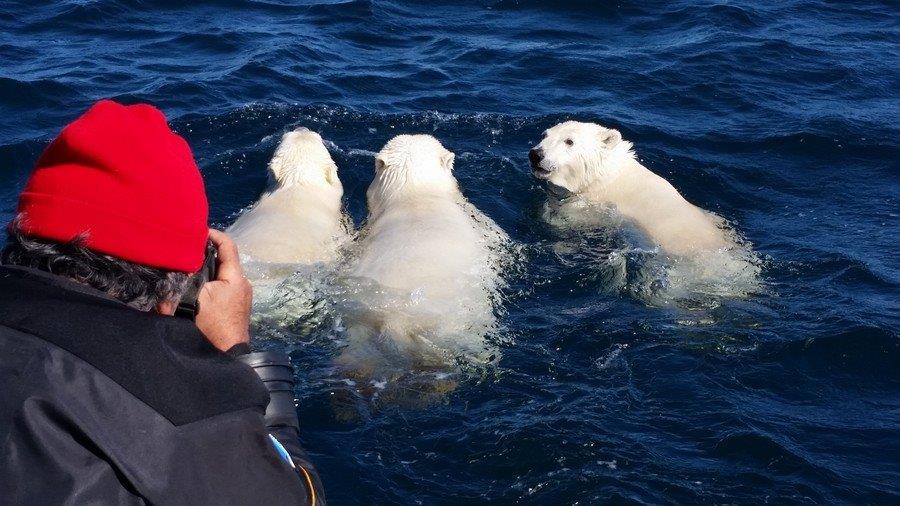
The Missing Subject
Then, sometime in 2010, the idea of diving with a polar bear surfaced.
Amos Nachoum told them that there was one picture missing in his vast portfolio of animal action photos: a picture of a polar bear swimming underwater. Nachoum wanted to photograph the animal when it was swimming close beside him.
Amos Nachoum told them that there was one picture missing in his vast portfolio of animal action photos: a picture of a polar bear swimming underwater. Nachoum wanted to photograph the animal when it was swimming close beside him.
He also told them that he had already tried to take this picture once - a move that almost cost him his life when a polar bear had pursued it to the depths. He was saved only by a miracle. Nir thought it a great concept for a film.
There was only one person in the world who might be able to help them - Adam Ravich. He is one of the world’s most famous wildlife photographers with special expertise in the polar region. He has filmed for Disney, Imax, National Geographic and others, and won the most important photography awards, including an Emmy Award, the television equivalent of the Oscars.
Ravich was pleased to help. Apparently, when he was at the beginning of his own career as a photographer, Amos Nachoum helped him a great deal and inspired him in particular. Ravich suggested a plan.
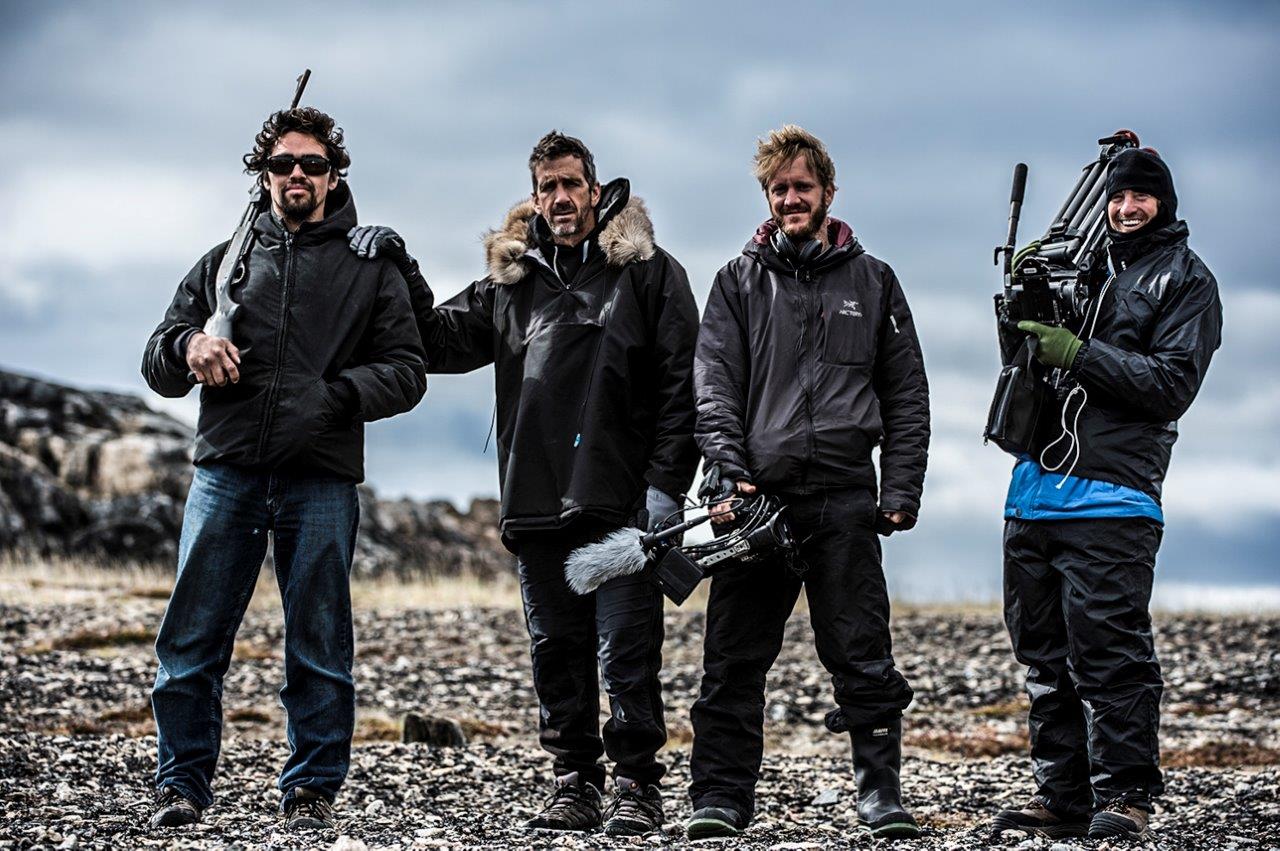
Joe Clujak, Adam Ravich, Yonatan Nir and Dani Mankin
The Plan
The best area where they were hoping to take pictures was called Nunwat, a Canadian territory in the north, 90 times larger than Israel, but where only 30,000 people live. Ravich knew it like the palm of his hand and had long-standing relationships with local Inuit hunters who could transport the equipment they needed to the area where polar bears were most likely to swim in the summer.
They film makers quickly realized the enormity of the logistics required. In order to survive in the field for about a week and film the movie, they would have to bring both food, water, tents, boats, boat fuel, compressor fillers, generators, weights, ice diving equipment, six different types of cameras, warm clothing, rifles for self defence and more.
“When the weather permits, we can go out to sea and look for bears,” Ravich told them. But he warned, “We’ll work in a vast bay, and sometimes sail for hours without finding a single bear. But in the summer there are 20 hours of light each day so it will be fine. Get ready for long working days and uncomfortable boat-rides.”
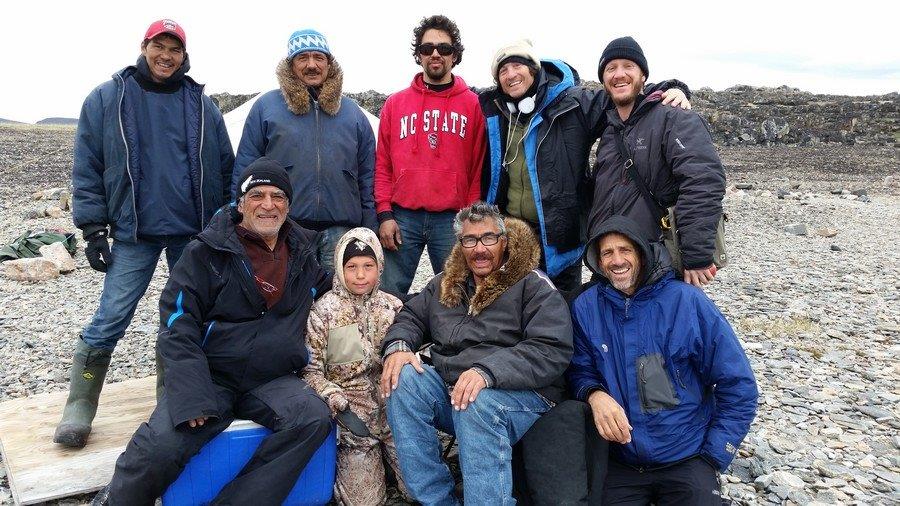
Inuit family and filming team
Delays from Financing the Production
Probably the most difficult part of all was raising the finance for the production. It was to be one of the most complex and expensive documentary films ever to come out of Israel, and the very fact that our less-than-young film hero was planning to dive with a predator, one of which almost devoured him in the past, did not made it look a convincing investment.
The production was delayed on and off for two years but still short on budget, in 2015 they decided to go for it. Even then, just as they were about to depart for arctic Canada they learned that the sea-ice was late in thawing. This prevented the use of boats needed to find the swimming bears.
An anxious two-week wait saw the ice still not sufficiently thawed and it proved a stressful moment when they had to decide between two non-optimal alternatives: postponement for yet another year or going to an alternative and unplanned location.
The only possible solution seemed insane; to transfer the location of the photography session a few hundred kilometres west to an area where, according to the satellite photos, the sea-ice had already thawed sufficiently.
Nachoum was decisive. “The team was ready, the conditions were possible, the opportunity was there and the risk made sense,” he baldly stated.
The plan was for the local Inuit hunter, Joe Clujak, to load all the equipment they already sent him onto two boats and sail with some of his family, some 400 miles to a place where the rest of them could arrive by plane. The chartered plane needed to make multiple journeys in order to ferry everything they needed.

The Polar bear spreads his paws to Amos's camera
Out in the Arctic Wilderness
What happened to them there, in the heart of the Arctic wilderness over the next two weeks, can be seen in the movie, produced by Nancy Spielberg Picture of His Life, premiered in July 2019.
What happened to them there, in the heart of the Arctic wilderness over the next two weeks, can be seen in the movie, produced by Nancy Spielberg Picture of His Life, premiered in July 2019.
In those two weeks of filming, they went through a vast array of emotions and experiences, including fear, frustration, anger, and sadness, but also great excitement and satisfaction, with many magical moments connecting to primordial nature.
Nir said he’ll never forget the long conversations with the Inuit about the boats and their lives, during those nerve-wracking hours in search of a bear. The Inuit are a very special people whose ancestors survived for thousands of years on one of the deadliest terrains the Earth has to offer. Two of those same Inuit lost their lives a year later when their Snow Cat fell through the ice.
Nir said he’ll also never forget the moment he first saw a 700-pound male polar bear swim within about a meter from him. He said it looked like a huge and cuddly Labrador at first, until it released a growl that reminded him it was a predator and man was a possible prey. A few minutes later, Nachoum jumped into the water with that big bear and the results of their encounter, which was only just beginning, is revealed in the film.
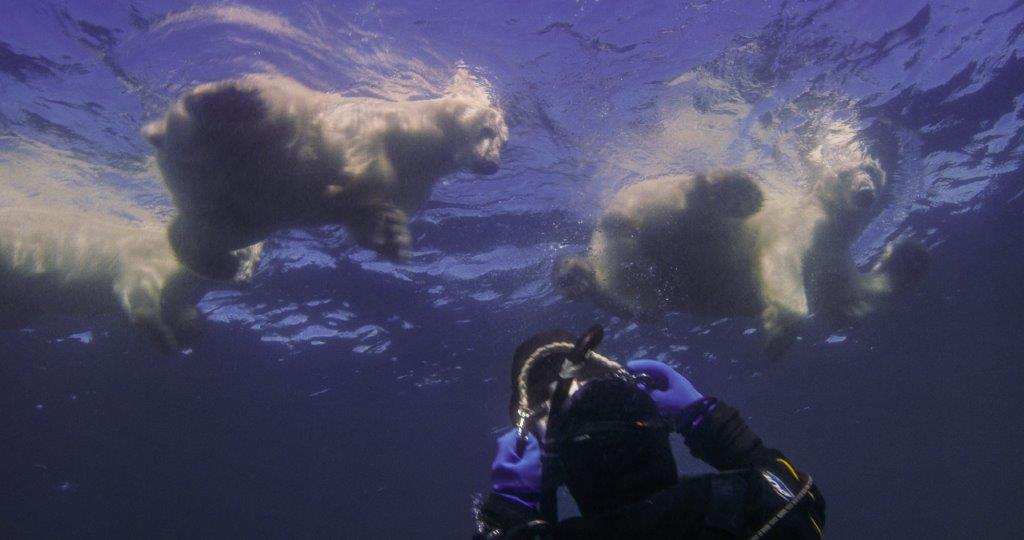
Amos surprised himself by how much he revealed to himself in the new documentary
Alone for long periods in the Arctic wilderness is a good time to talk. Yonatan Nir will also not forget the moment when Amos Nachoum opened his heart and first told secrets he had kept to himself for a long time: About the horrors he went through in the Yom Kippur war and his simple relationship with his father. This also comes to some sort of resolution towards the end of the film.
And was Amos Nachoum able to take the picture of the bear? You already know the answer.
To learn more about Amos Nachoum photography and expeditions please contact>> AmosPhotography.com

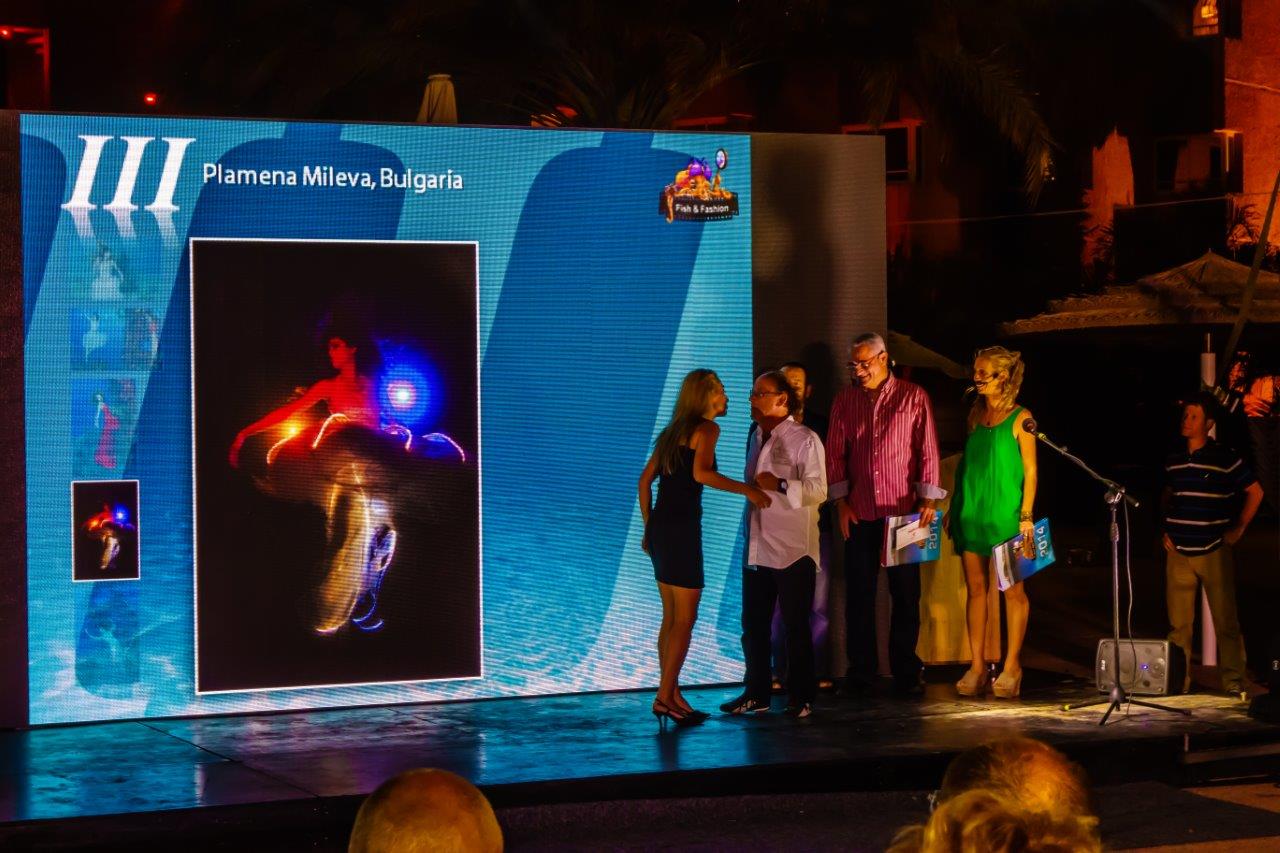
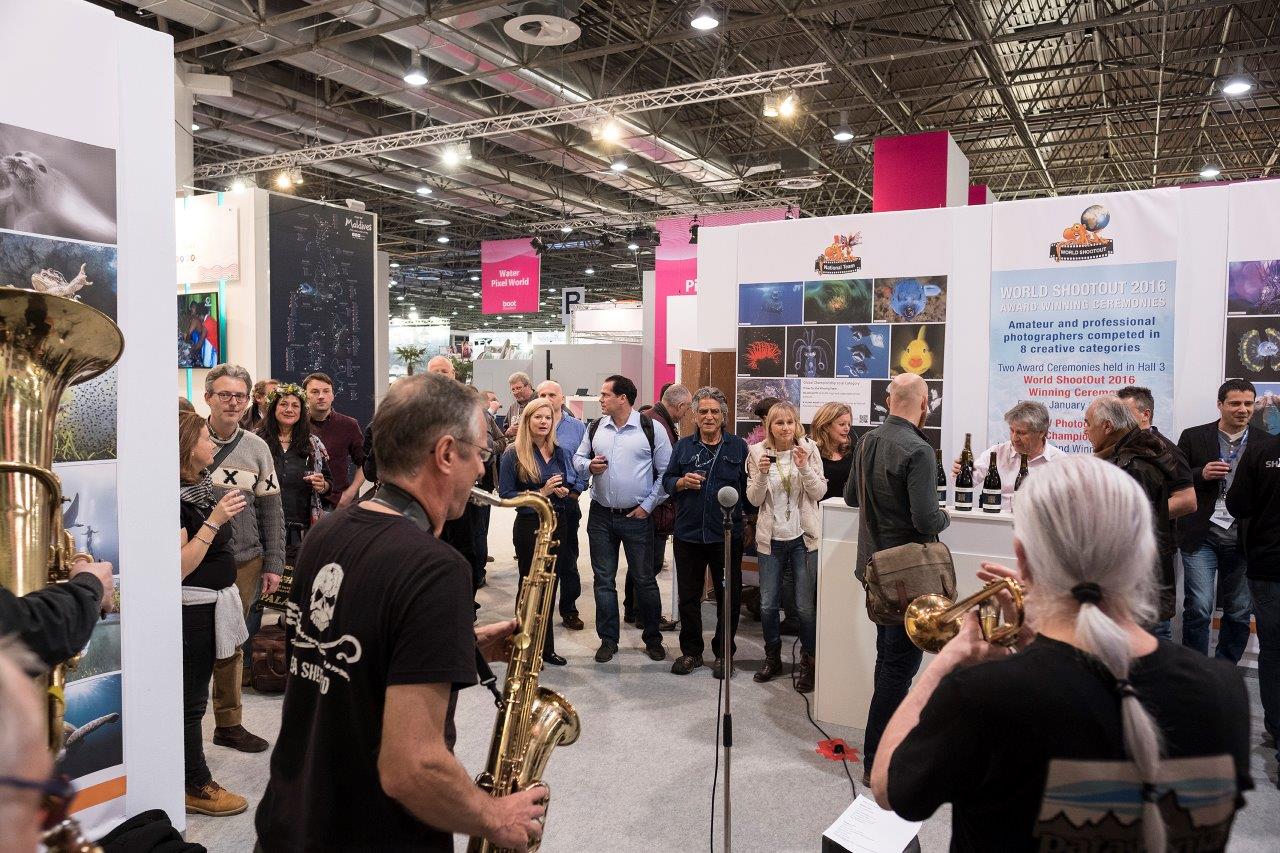
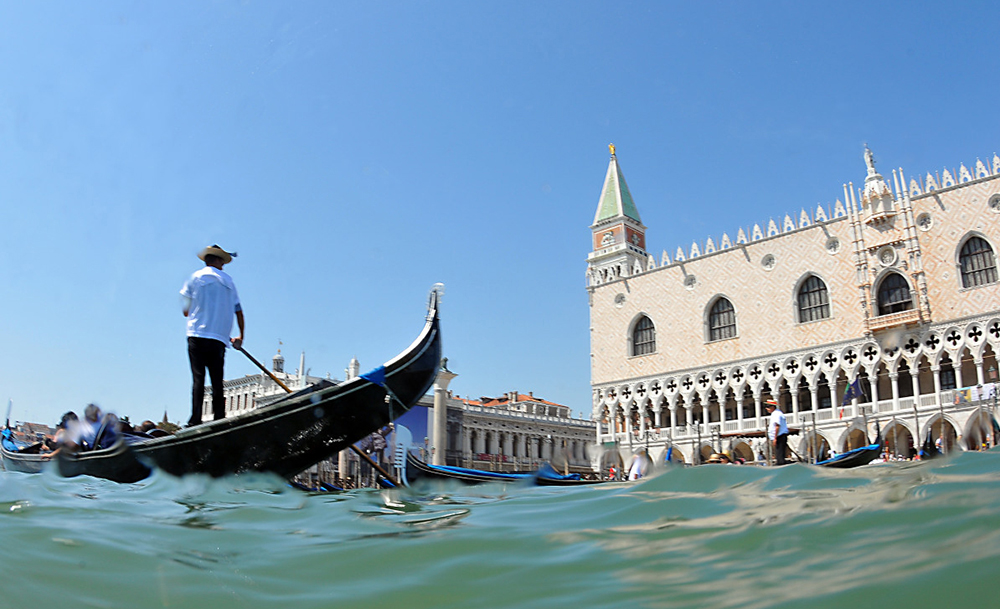
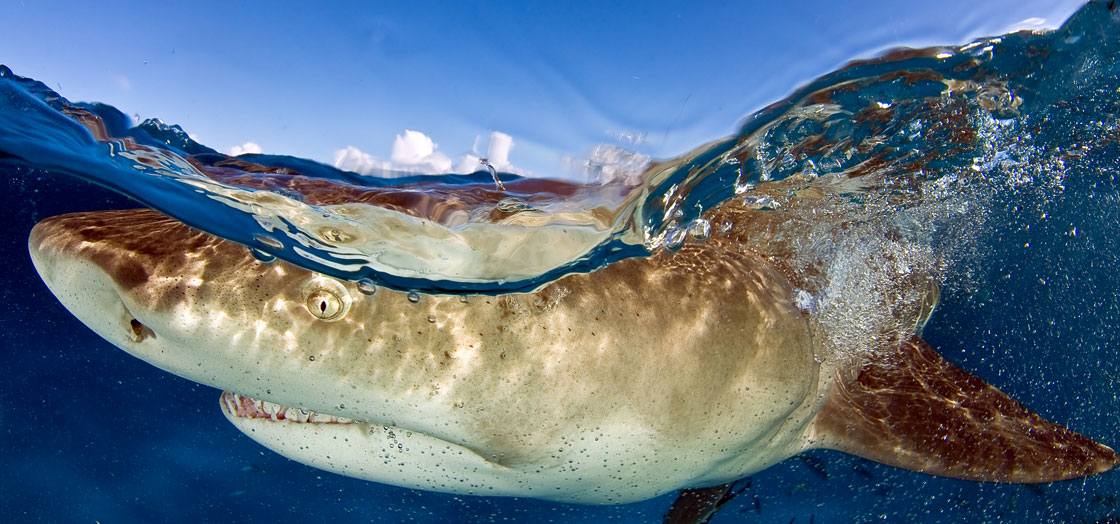
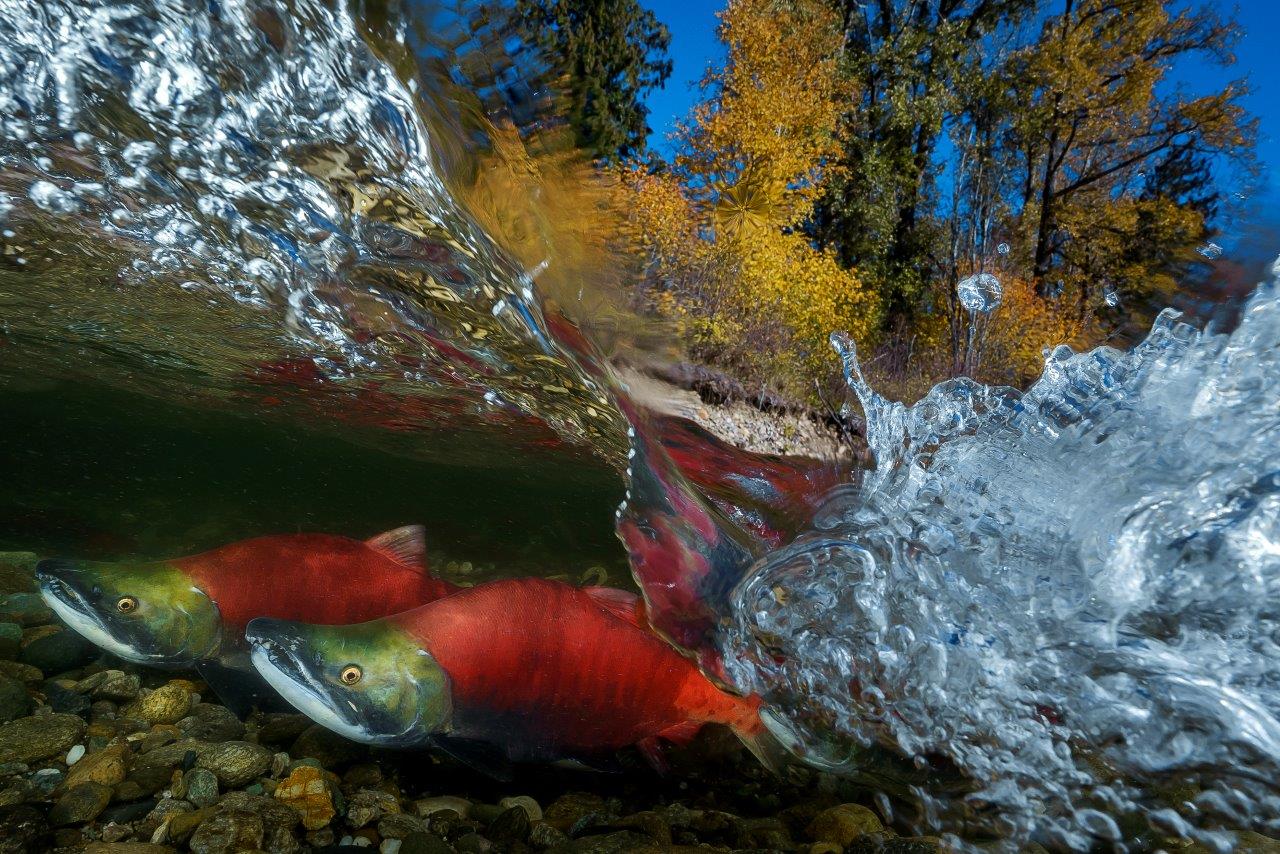

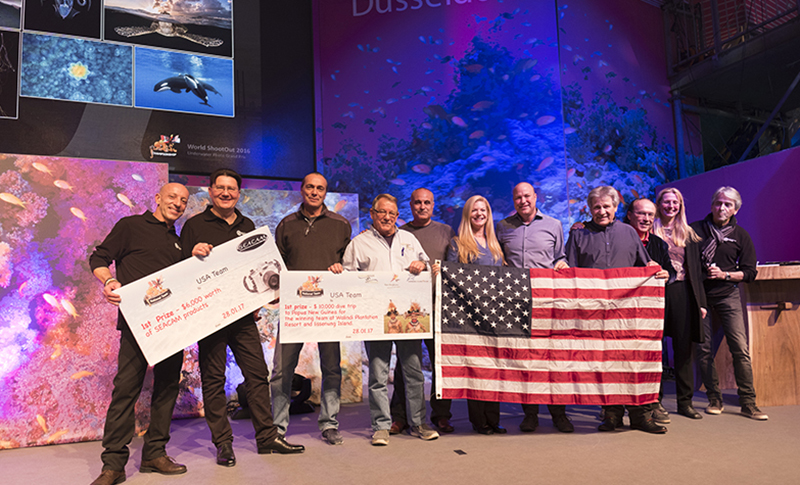
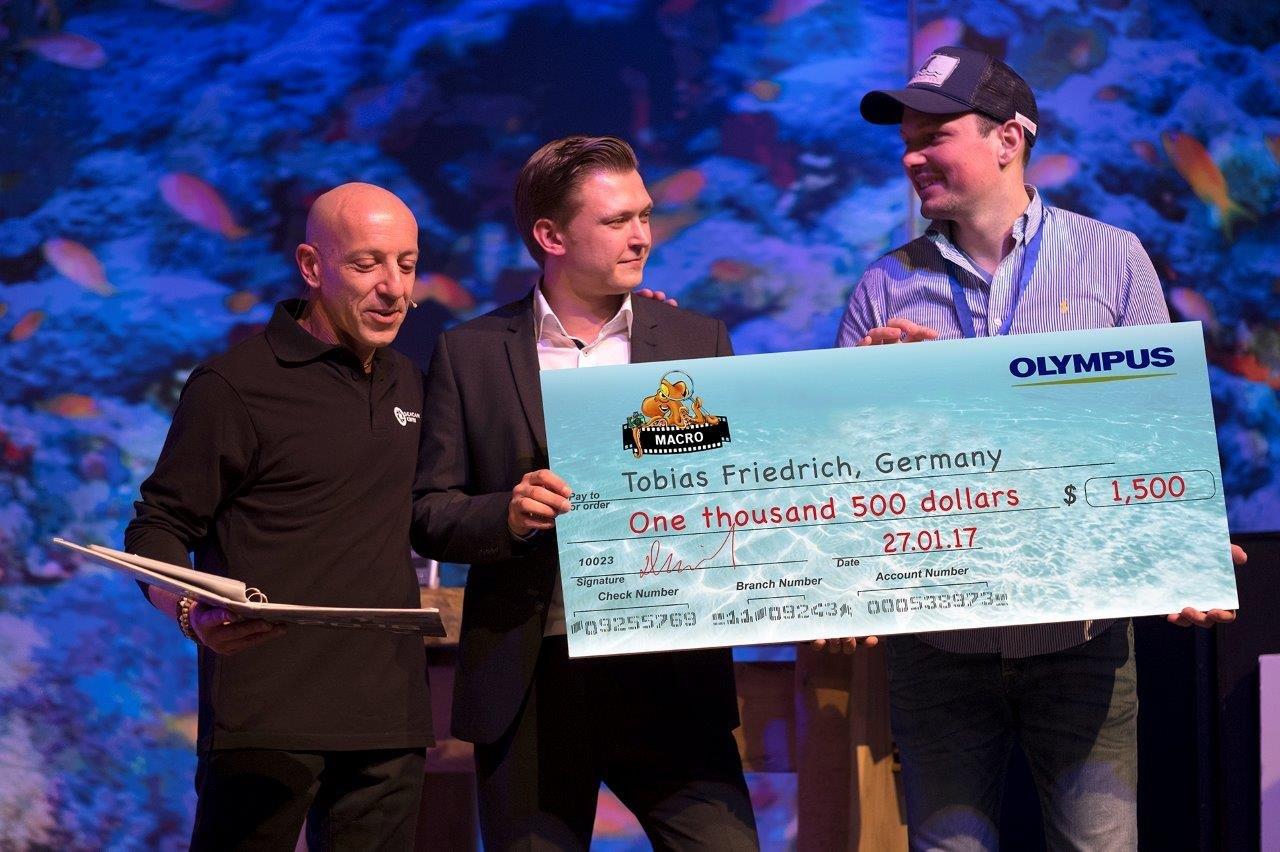

.jpg)
